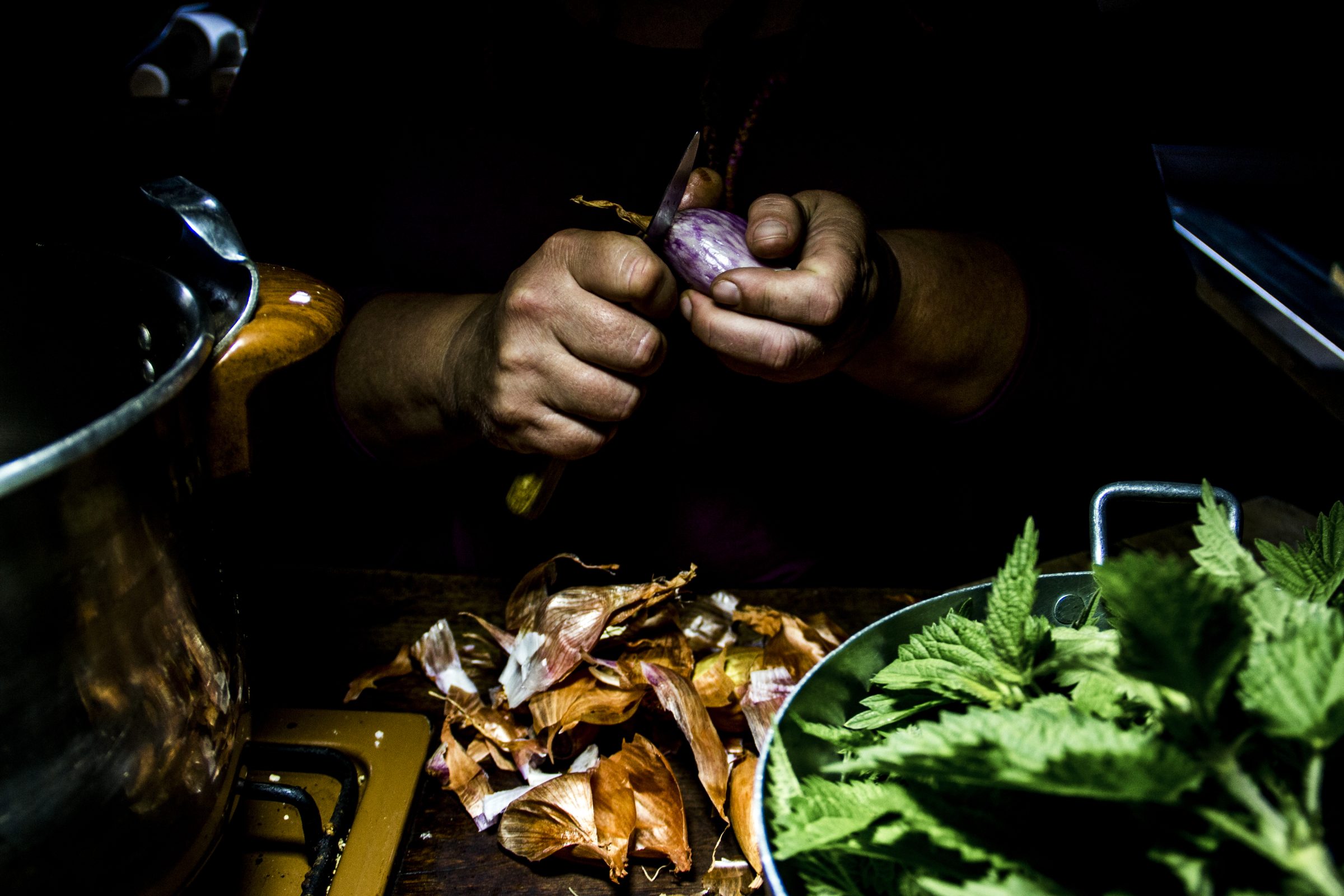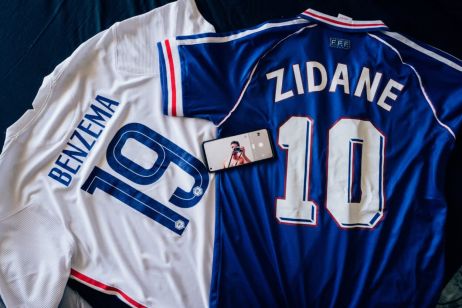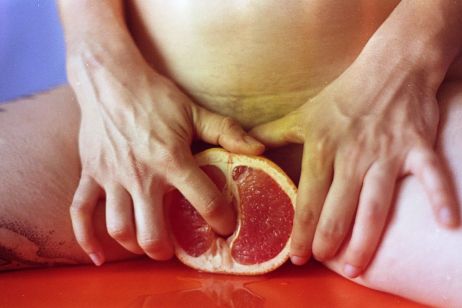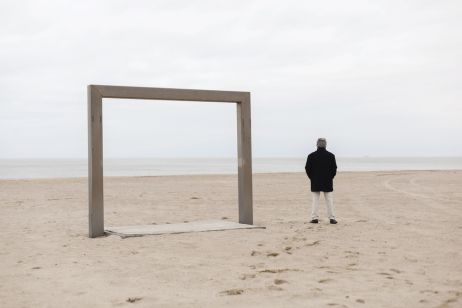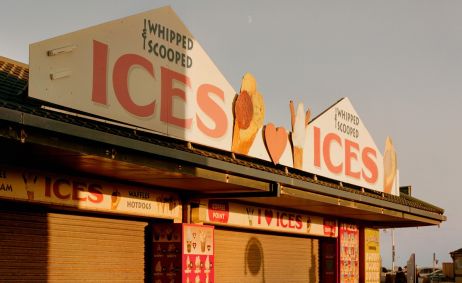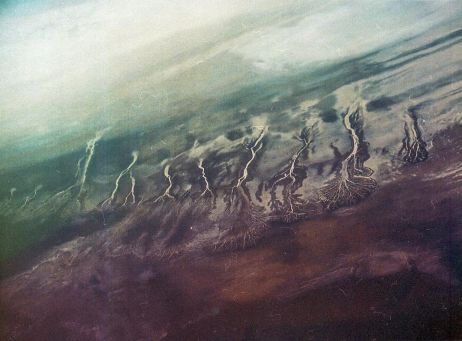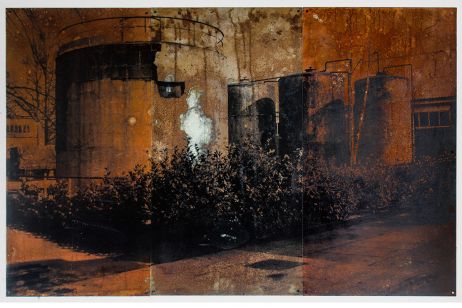In 2017, Martin Bertrand discovered the Kerlanic Oasis in Brittany. The photographer, member of the Hans Lucas studio then decided to document the way of living of this remarkable autonomous community, creating pictures that invite us to rethink our interactions with nature and society.
After a burn-out, Audrey, ‘Mama Terra’, founder of this Oasis, pictured a new way of living. The Parisian woman left her fast-paced life and moved to the countryside, in Plélauff, with her two children. ‘This was not running away, this was me taking a great leap forward’, she explains to the photographer. In February 2017, Martin Bertrand discovered the project through a fundraising campaign on the crowdfunding platform Ulule. This piqued the curiosity of Bertrand, who immediately decided to investigate and to ‘show the viewers that a new way of life is indeed possible’. For ten days, he lived with Audrey, in her convivial household celebrating freedom and independence. There, in this 17th century farm, food and energy self-sufficiency are pillars meant to celebrate life. ‘I lived there in the same conditions as they do, and it got me closer to reality, it got me to care for the little things that create daily life’, tells Martin. How to live in community ? What is the ‘real’ meaning of humanity ? What is happiness ? By documenting the life of those residents, Martin not only observed, but participated and committed as well.
A simple and alternative lifestyle
In front of Martin’s camera, there are Audrey and Noa, her 8 year-old son, whose education is paved with new encounters and lessons on environment. Through those pictures, the photographer studies the ‘natural education’ of the young boy. ‘He knows how to milk goats and has mastered the art of gardening unlike most of the children his age’ explains Martin. The Breton oasis defines itself as ‘a welcoming home for transitioning souls’, and their inhabitants always act and talk kindly. Everything must be created in harmony with nature, respecting what she has to offer, whether it be for construction or renovation. In order to live inside this community, there is but one condition : ‘to respect a charter composed of a few common sense rules’. Kerlanic Oasis is a series encouraging the viewer to open their mind to new ways of living and eating. While several similar communities are starting to emerge, they are still seen as outcast ‘In France, we tend to be very close-minded, prejudiced against, even, regarding what one may call ‘marginals’’ concludes the photographer.
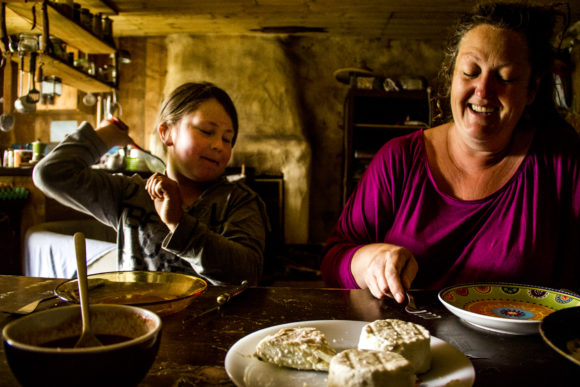



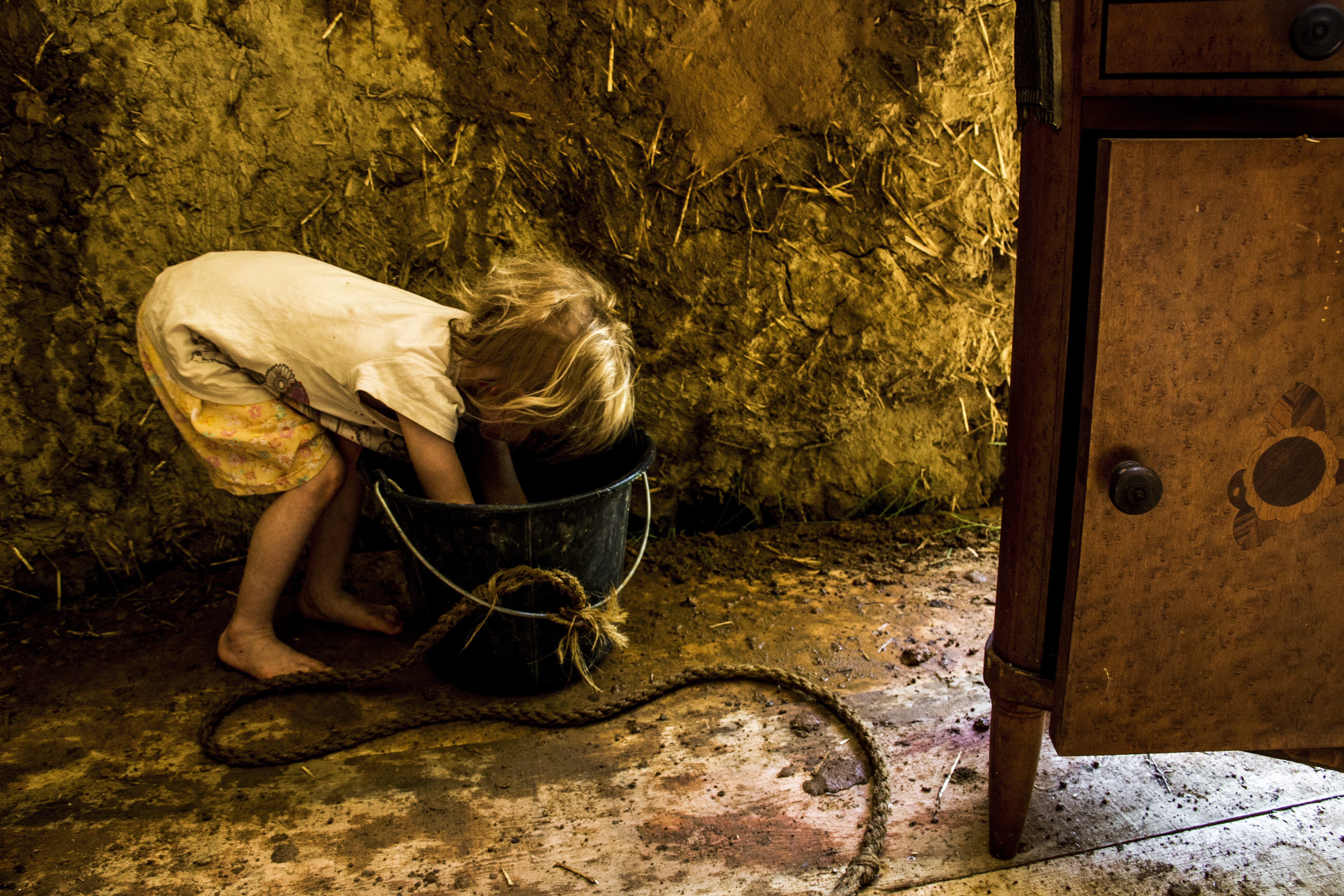
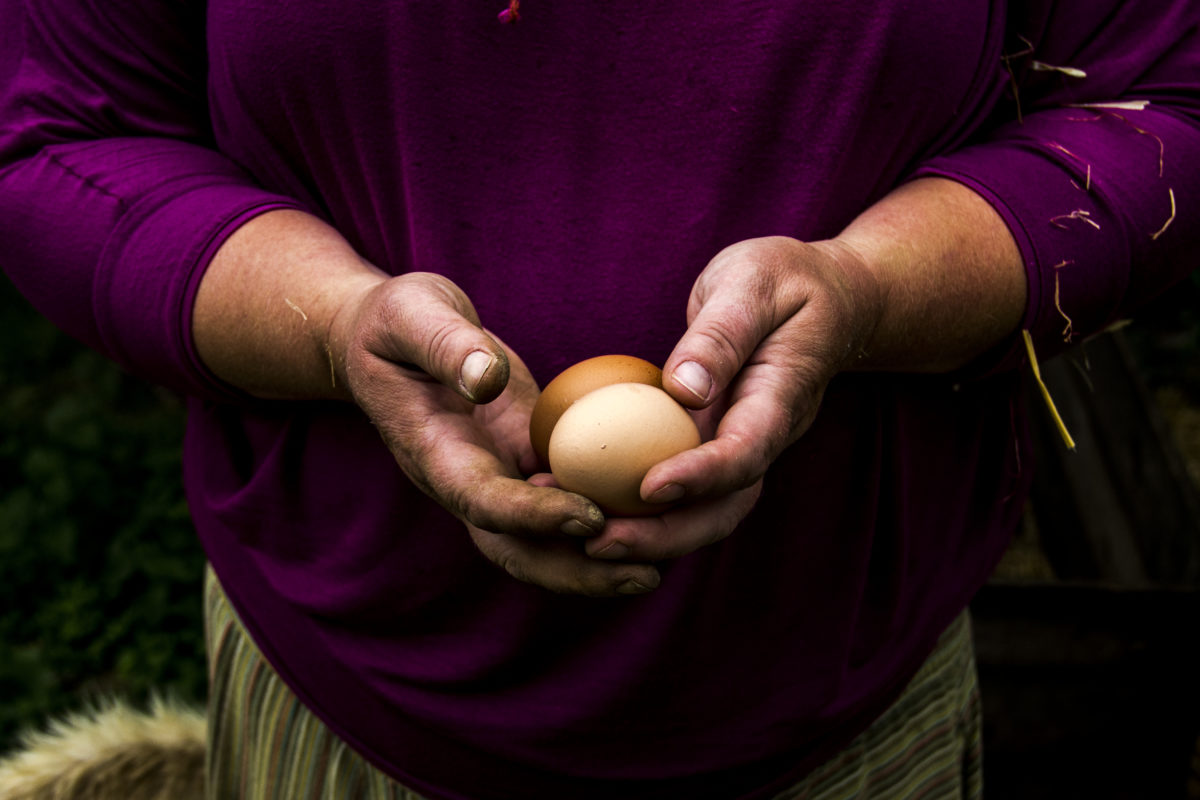

In the remote countryside of central Brittany, at the end of a road that the GPS has difficulty pointing out, one ends up reaching the place called Kerlanic, called by its residents “Oasis Kerlanic”. He was nicknamed that because, for someone who tries to escape the frenzy of our society, it is as if he were in the desert and found, in the middle of nowhere, an oasis.
It is a place where we live in autonomy and in harmony with nature, a place where everyone is welcome and who preaches an alternative lifestyle.
FRA – BRETAGNE – UNE COMMUNAUTÉ AUTONOME EN CENTRE BRETAGNE
Dans la campagne reculée du Centre Bretagne, au bout d’une route que le GPS peine à indiquer, on finit par atteindre le lieu-dit Kerlanic, appelé par ses résidents « Oasis Kerlanic ». Il a été surnommé comme cela car, pour quelqu’un qui cherche à fuir la frénésie de notre société, c’est comme s’il était dans le désert et qu’il trouvait, au milieu de nulle part, une oasis.
Il s’agit d’un lieu où l’on vit en autonomie et en adéquation avec la nature, un lieu où chacun est le bienvenu et qui prône un mode de vie alternatif.

In the remote countryside of central Brittany, at the end of a road that the GPS has difficulty pointing out, one ends up reaching the place called Kerlanic, called by its residents “Oasis Kerlanic”. He was nicknamed that because, for someone who tries to escape the frenzy of our society, it is as if he were in the desert and found, in the middle of nowhere, an oasis.
It is a place where we live in autonomy and in harmony with nature, a place where everyone is welcome and who preaches an alternative lifestyle.
FRA – BRETAGNE – UNE COMMUNAUTÉ AUTONOME EN CENTRE BRETAGNE
Dans la campagne reculée du Centre Bretagne, au bout d’une route que le GPS peine à indiquer, on finit par atteindre le lieu-dit Kerlanic, appelé par ses résidents « Oasis Kerlanic ». Il a été surnommé comme cela car, pour quelqu’un qui cherche à fuir la frénésie de notre société, c’est comme s’il était dans le désert et qu’il trouvait, au milieu de nulle part, une oasis.
Il s’agit d’un lieu où l’on vit en autonomie et en adéquation avec la nature, un lieu où chacun est le bienvenu et qui prône un mode de vie alternatif.
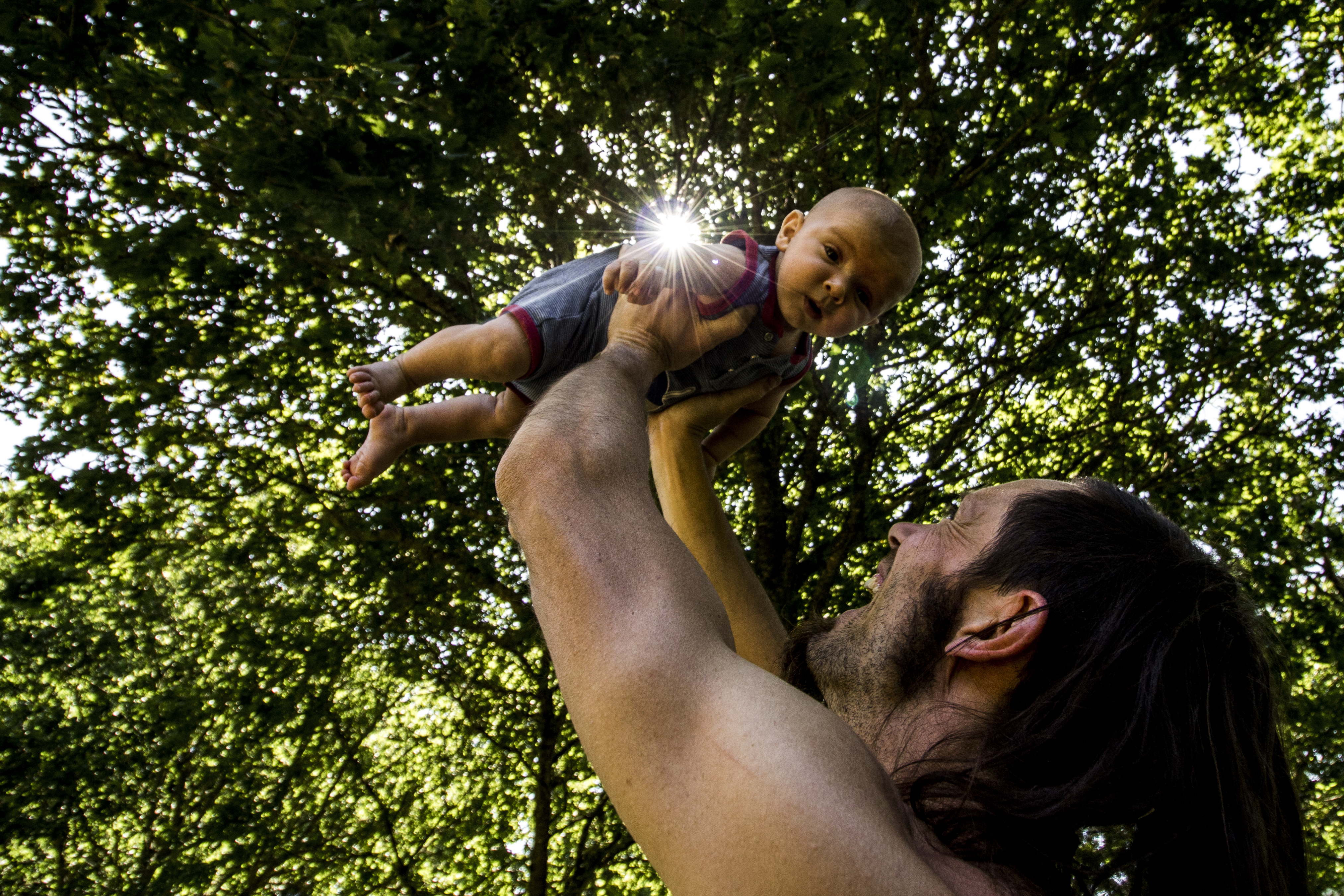
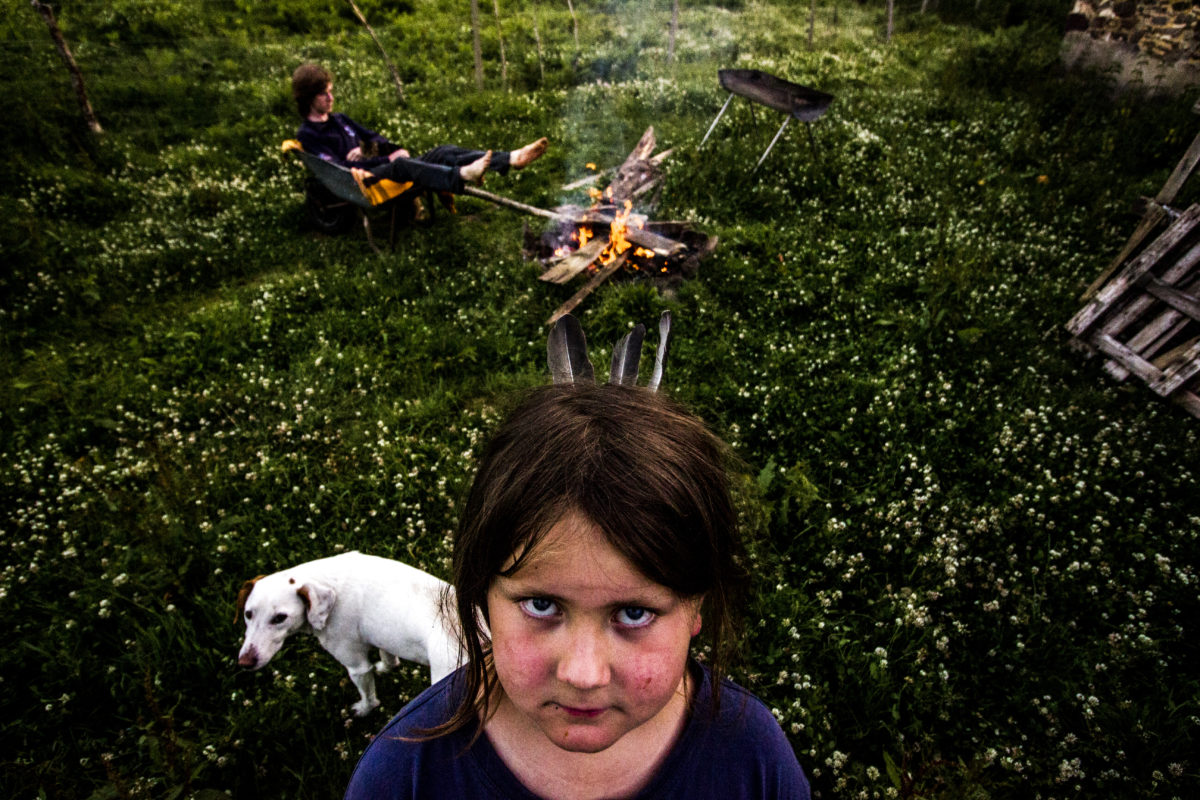
© Martin Bertrand
Translated by Lou Tsatsas
